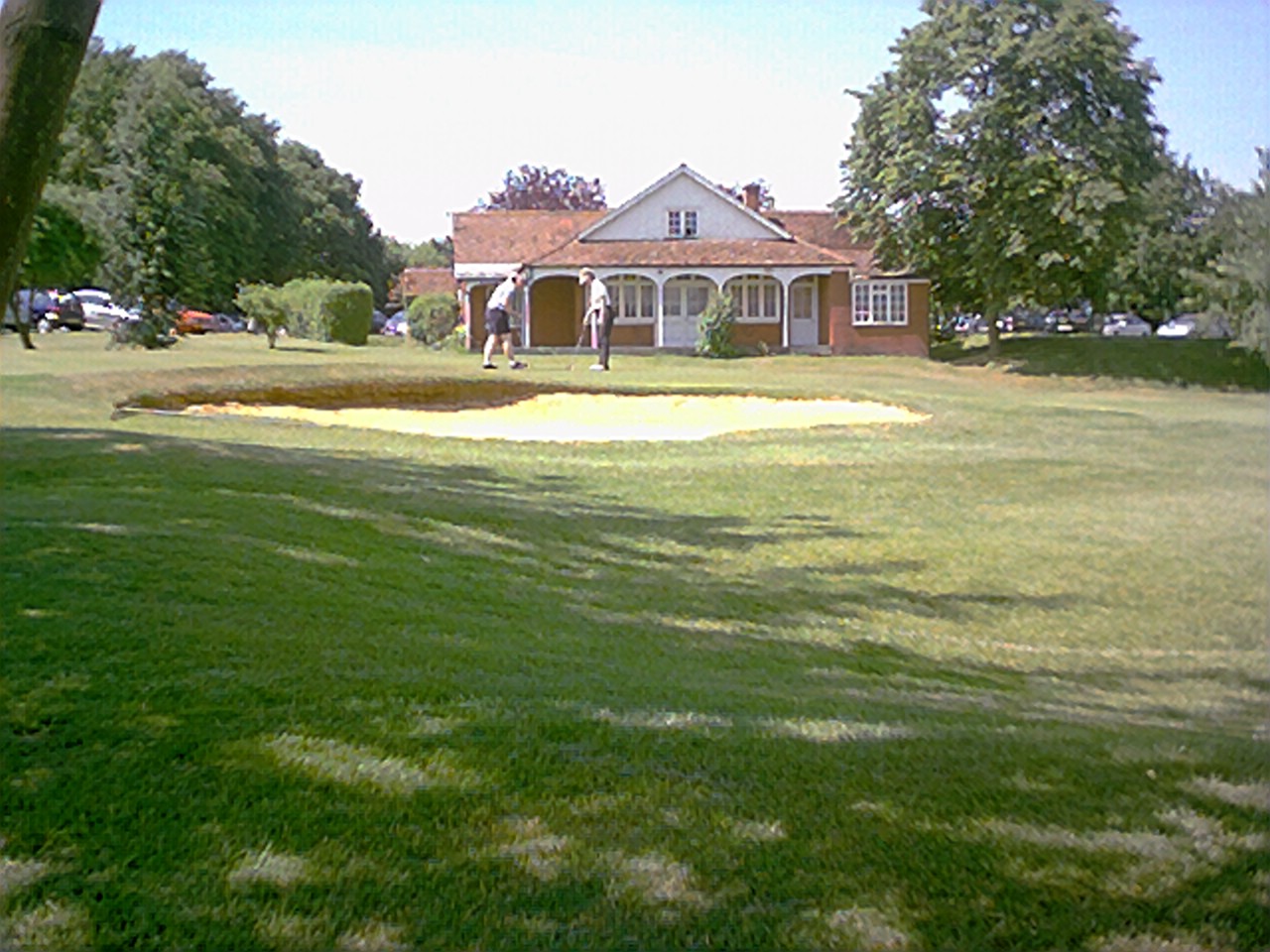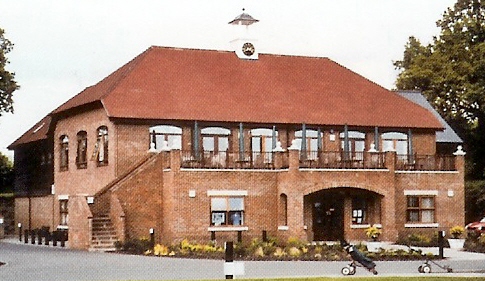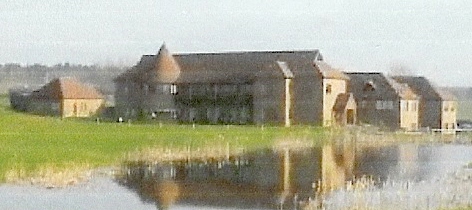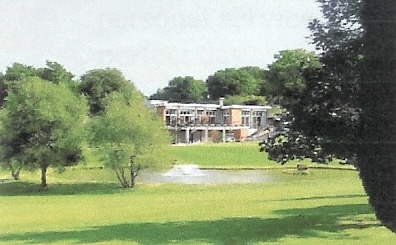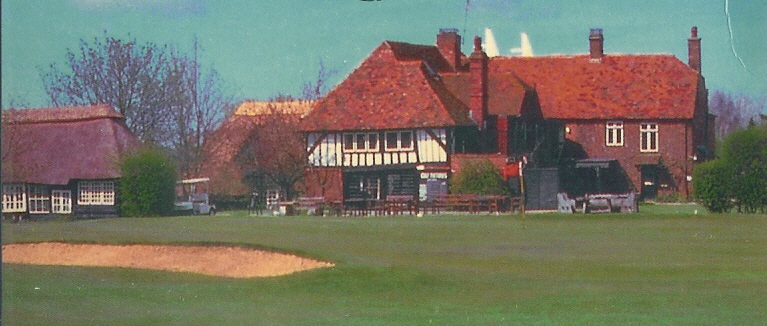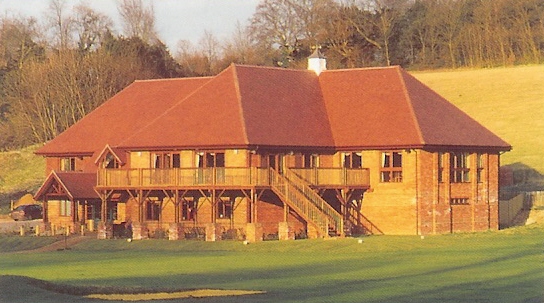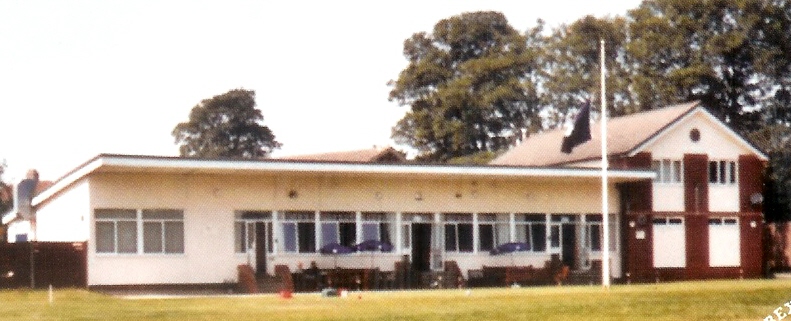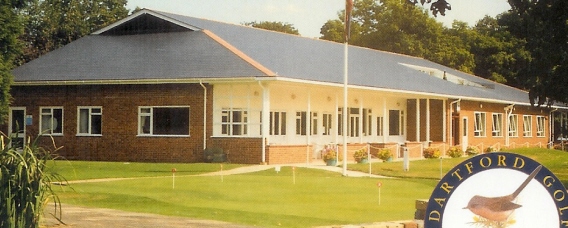World Slope System 2018
worldgolf.com
World Golf - Travel, Golf Courses and Clubs Reviews from California to Florida and Scotland to Australia
Slope: How it Works
What is the Slope System?
The Slope System is a refinement of the Handicap system. It adjusts your handicap to the difficulty of the course you play. the more difficult the course, the more strokes you'll need.
Courses have been re-rated according to their relative difficulty for all levels of golfers, not just the experts. The Slope System adjusts a golfer's handicap to the course that is being played. That's why it's called Slope - because when you post the scores on a graph (see diagram), the line climbs on a slope. The Slope of a more difficult course is steeper than an easier course, meaning that high handicappers pick up more strokes than better players.
What is an Index?
Under Slope, golfers will no longer have a handicap. Instead, you will have an index, a number expressed in a decimal (13.4, 5.2, 29.3, etc.). Your index is a mathematical calculation of your playing ability on an average golf course (i.e., a course with a 113 Slope rating).
The maximum index allowed is 36.4 for men and 40.4 for women. For men with the maximum index, the course handicap could exceed 48 on a high Slope course.
What is the Course Handicap?
Whenever someone asks, "What's your handicap?", the proper response will be, "I don't have a handicap; my index is_______."
Before you can determine what your course handicap is for any given round, you must know:
* your index* the course you will be playingand* the set of tees you'll be playingCourses that have been Slope rated will have conversion charts (located near the first tee) for each set of tee markers. Your course handicap will appear on the chart beside your index, for the course and tees you are playing.As an example, looking at the chart below, if your index is 17.3, your course handicap would be 14 on the low Slope course, and 21 on the high Slope course.
Why do we have to change to Slope?
This means that all of North America and several other countries around the world will be on the Slope system. Courses will have been rated for not just the expert but for all abilities, and each course will have been rated on it's own degree of difficulty. By changing to the Slope system you will be able to compete against each other, no matter what course you are on, with more equity.
What do I need to know?
Two things only: your index and how to convert that index to a course handicap on the conversion chart.
What if I play a course without a Slope rating?
Use your home course handicap from the most used tees.
What if someone without an index comes to my course?
They use their RCGA or USGA approved handicap only. Do not use the conversion chart unless the person has an approved index.
How do I adjust and use Equitable Stroke Control (ESC)? Use your course handicap. If it is ......
Plus or scratch.........Limit of one over par on any one hole.
1 to 18 inclusive.......Limit of two over par.
19 to 32 inclusive.....Limit of three over par.
33 or over..................Limit of four over par.
What if I forget to record the score at an "away" course, or if the course is on a different computer system than my course?
When you return to your home course, record the score. At that time you must record the course and the Slope ratings of the "away" course, as well as your score.
What happens when I play in a tournament?
When you play in a significant competition organized by a committee in charge of the competition, you should designate when you enter your differential that it was a "tournament score". This could affect your index if you consistently score better in competition.
How can I check my handicap Index to make sure it is accurate?
Your actual scores will be listed on your handicap detail sheets. The differentials shown on the sheet will have been converted to what they would have been if the round had been played on a 113 Slope golf course. If the scores are correct, your index will be correct. If the scores are incorrect, check with your handicap chairman.







